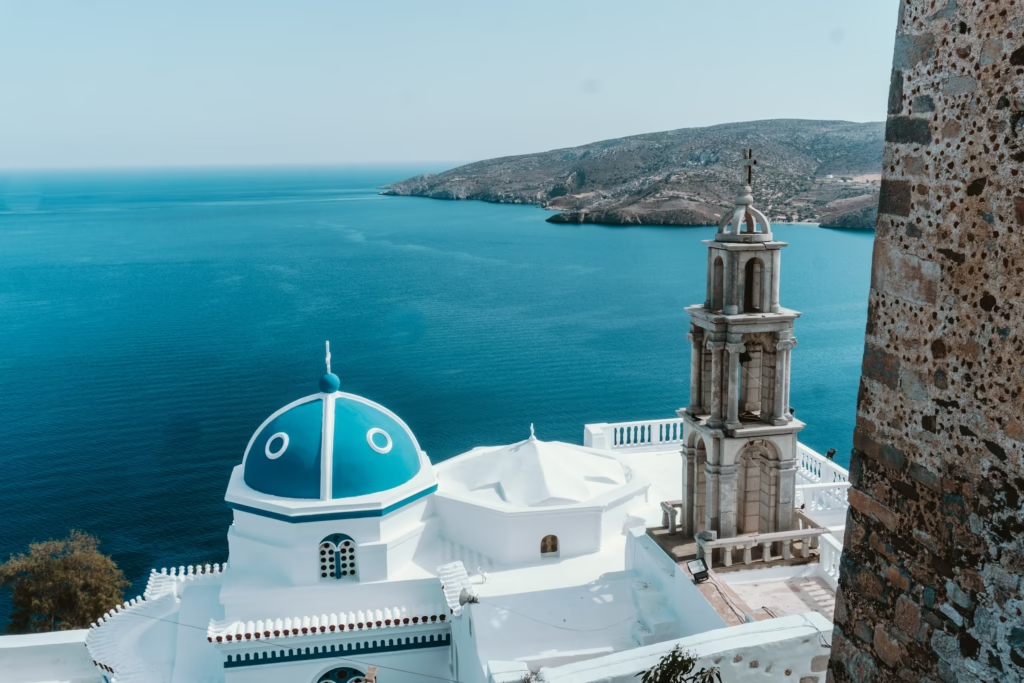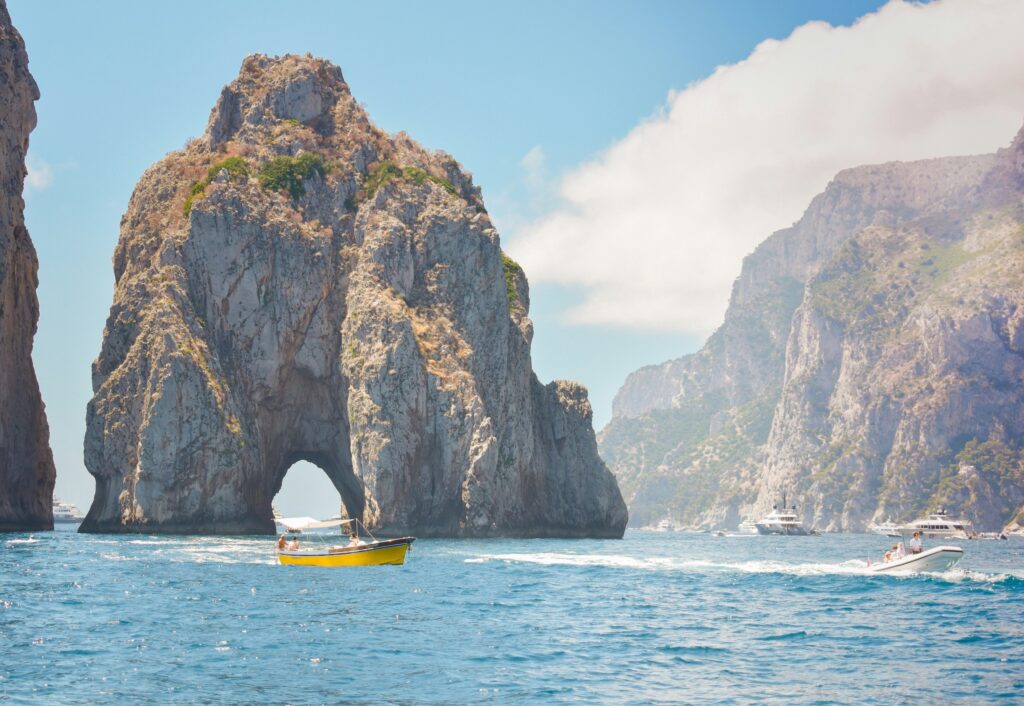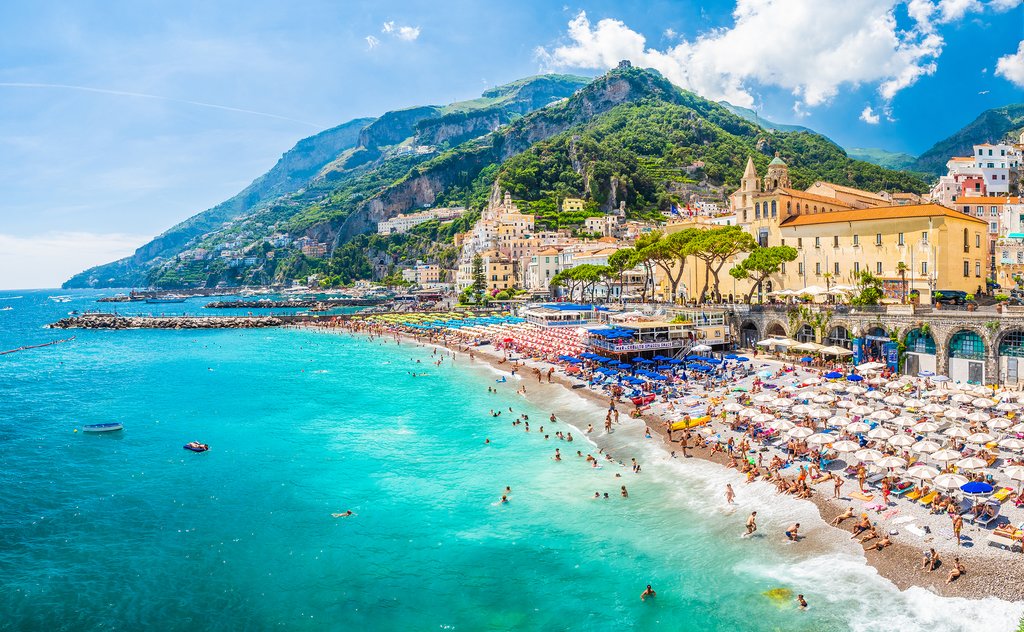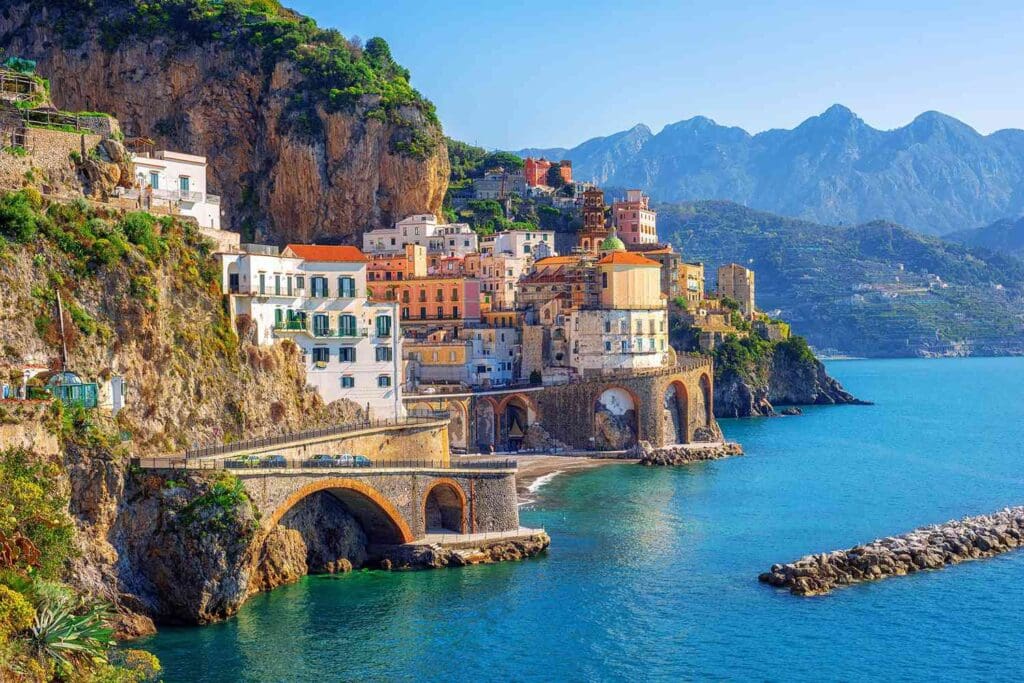Is The Mediterranean too hot to enjoy summer holidays in July and August?
A New Climate Reality in the mediterranean for Luxury Travellers
For the discerning global traveller, the allure of the Mediterranean in high summer has long been undeniable. The shimmering cerulean waters, the vibrant energy of coastal towns, and the promise of endless sunshine have traditionally defined the quintessential European escape.
Hundreds of thousands, if not over a million, Australians embark on European journeys each year, with a significant proportion traditionally targeting the peak summer months of July and August. The UK alone attracted over a million Australian visits in 2023 providing a strong indication of this substantial flow, with many then fanning out across the continent, particularly to Mediterranean hotspots.

This significant cohort of affluent travellers is precisely who is now re-evaluating their choices in light of the Mediterranean’s increasingly challenging summer climate.Yet, as our world’s climate shifts, a pressing question arises: is the Mediterranean, particularly in July and August, becoming simply too hot for a truly luxurious and comfortable summer holiday?
The vivid accounts from last summer’s heatwaves, offer a stark indication. When destinations necessitate climate shelters, when ambulances are on standby, and when the elderly are advised to stay indoors, it’s clear we’re witnessing a departure from idyllic warmth towards an increasingly challenging environment.
A record-setting 46°C in Andalucia, Spain, and widespread heat warnings across France are not isolated incidents but symptoms of a larger, systemic shift. This reality is prompting many sophisticated clientele to reconsider their peak-summer itineraries, seeking out what has quickly become known as the “coolcation” trend.

The Rising Thermometer: Data and Observations
The data unequivocally supports the growing concern. Europe is warming at a rate twice the global average, making it the fastest-warming continent. This means extreme heatwaves are not only more likely but are also occurring earlier in the season and lasting longer.
Consider the recent past:
- Greece: In July 2024, Greece experienced extreme heat, with Athens sweltering above 40°C. Wildfires forced evacuations from popular islands like Rhodes and Corfu, transforming Rhodes’ international airport into a makeshift campsite for disoriented tourists. The Acropolis in Athens has, on occasion, had to close due to unbearable heat.
- Italy: The summer of 2024 saw Italy place 21 out of 27 monitored cities under its highest heat alert, including prime destinations like Rome, Milan, and Naples, where tourists sought refuge in the shade and drank from public fountains. In 2021, Sicily set a provisional European temperature record of 48.8°C. Road surfaces have even been reported melting in intense conditions.
- Spain: June 2024 was confirmed as Spain’s hottest June on record. Temperatures consistently exceeded 40°C in many parts of the country, with Seville hitting 42°C and El Granado in Andalucia reaching 46°C. The country endured four major heatwaves in the summer of 2023 alone. The Mediterranean Sea itself is warming faster than the global average, with a marine heatwave in June 2025 seeing sea surface temperatures more than 5 degrees Celsius higher than average for the season, with some areas recording temperatures typically seen in mid-August by early June.
These are not merely statistical anomalies; they represent a tangible shift in the summer experience. The World Weather Attribution initiative concluded that the deadly Mediterranean heatwave of July 2024 would have been virtually impossible without human-induced climate change.

They project that such events are now expected, on average, once every ten years in today’s climate and would have been 2.5-3.3°C cooler without climate change. Unless global fossil fuel emissions are drastically reduced, these events will become hotter, more frequent, and longer-lasting.
A Shifting Paradigm for Luxury Travel
For a clientele accustomed to unparalleled comfort and seamless experiences, the prospect of navigating such extreme conditions is increasingly unappealing.
Beyond the physical discomfort, there are genuine health risks, particularly for vulnerable populations, with heat-related mortality rates in Europe surging significantly. Furthermore, disruptions from wildfires, power outages, and strained local services can fundamentally undermine the quality of a luxury holiday.
This emerging reality is driving a strategic recalibration in travel choices among the well-heeled. They are not abandoning Europe but rather re-evaluating when and where they travel:
- The “Coolcation” Ascendant: The “coolcation” is rapidly becoming the new summer status symbol. Luxury travellers are actively seeking destinations with more temperate climates during July and August. Click here to read more about this trend. This has seen a surge in interest for:
- The Rise of Shoulder Season: The notion of August as the undisputed peak for European travel is receding. April, May, September, and October are now emerging as the new marquee months, offering pleasant temperatures, fewer crowds, and often, more competitive pricing for luxury experiences. This allows for a more relaxed exploration of popular Mediterranean destinations without the intense heat.
While the Mediterranean will undoubtedly retain its allure, particularly in the shoulder seasons, the escalating heat of July and August is unequivocally reshaping the preferences of luxury travellers.
The shift towards cooler climates is not merely a fleeting trend but a strategic adaptation to a new climate reality.




